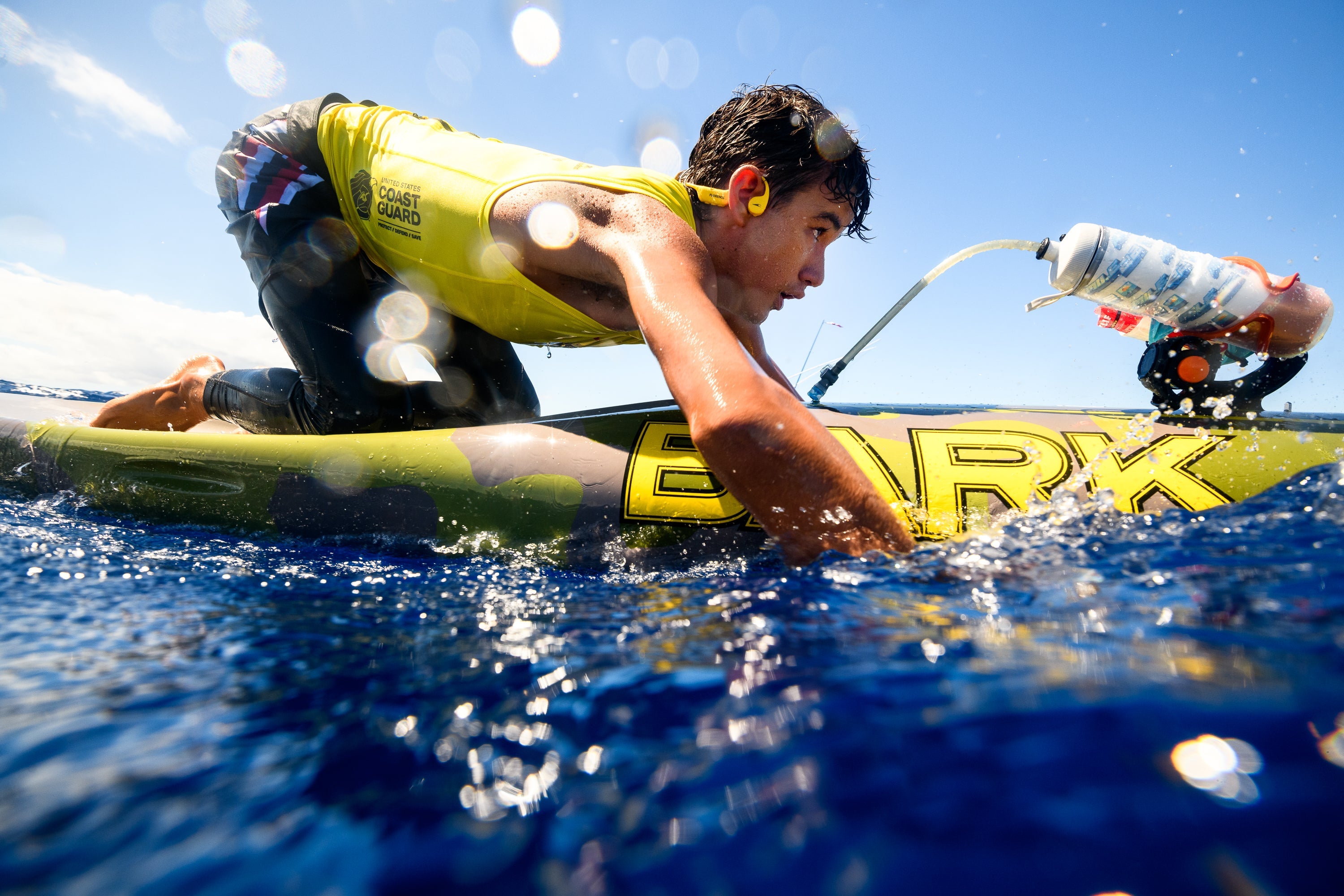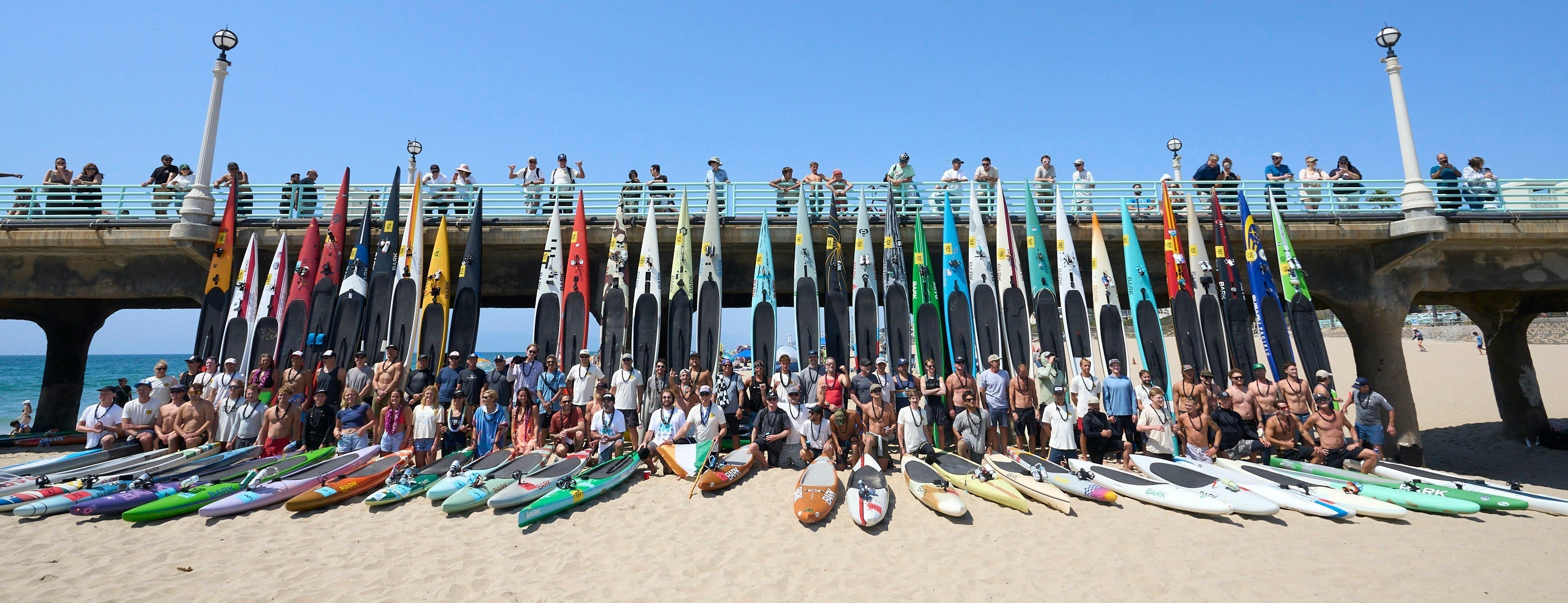At H2O Audio, we have been developing audio technology for swimmers and other watersport enthusiasts for over 15 years. Just like other premium headphone brands like Bose, we pride ourselves on offering premium sound quality.
We are often asked about the sound quality of our waterproof headphones and thought it would be good for us to share some information about the headphone technology, acoustic engineering and the unique knowledge we have developed over the last 15 years.

Why Are Waterproof Headphones Different?
First of all, many headphones advertise some level of waterproofing (marketing language), but when they are put in water they fail miserably and break down. These headphones that do not properly seal the speaker element allow water to enter inside the speaker assembly, which will corrode and break the speaker. The speakers that are used in most headphones are 'dynamic drivers' consisting of a mylar membrane, a coil and a magnet. The coil is used to move the membrane which produces the air waves (sound). When water is introduced to this delicate area, it quickly affects the way the coil is able to operate and therefore affects the sound. Eventually, the water will corrode the coil and break down the speaker.
Truly waterproof speakers have a housing that encloses the speaker element from water.
What Constitutes a Good Sound?
When a speaker is enclosed into a small cavity that is waterproof, it greatly affects the amount of force that is required to 'push' the membrane, as the cavity is limited in air.
So, when comparing waterproof speakers, most companies use 'off the shelf' drivers that are not capable of operating in this small waterproof cavity and are not able to 'push' air in larger volumes. Therefore they sound is very tinny - losing the low frequencies.
This is where H2O Audio's technology comes in. Over the years we have developed custom dynamic drivers that are designed to operate in a waterproof cavity. But don't take our word for it. Read on for the proof...
When comparing headphone sound quality, people refer often to a Frequency Response graphs. This Frequency Response graph shows how much output the speaker produces across certain audio frequencies. In simple terms, you can see if the headphones have adequate bass response (low frequencies), or how much mid range or high-end tones they produce.
H2O Audio vs Underwater Audio Swimbuds
Here is an example of Frequency Response comparing H2O Audio Surge vs Swimbuds. It is very obvious that Surge provides louder bass (lower end frequencies). Or in other words, the Swimbuds sound very tinny.

The same 'lack of bass' is true when comparing with Waterfi, Avantree or any other waterproof speaker.

While it is hard to explain the differences, we hope you can appreciate the quality and effort that goes into developing and engineering H2O Audio speakers - and now you can make a sound decision!
Here are some of H2O Audio Headphones. All of them come with an option with CUSTOM Earplugs.
Cheers,
Kristian Rauhala
CEO, Founder
H2O Audio





Share:
H2O Audio Introduces STREAM Waterproof Music Player and Bluetooth Receiver
H2O Audio Introduces 100% Waterproof Bluetooth Headphones - SURGE BT